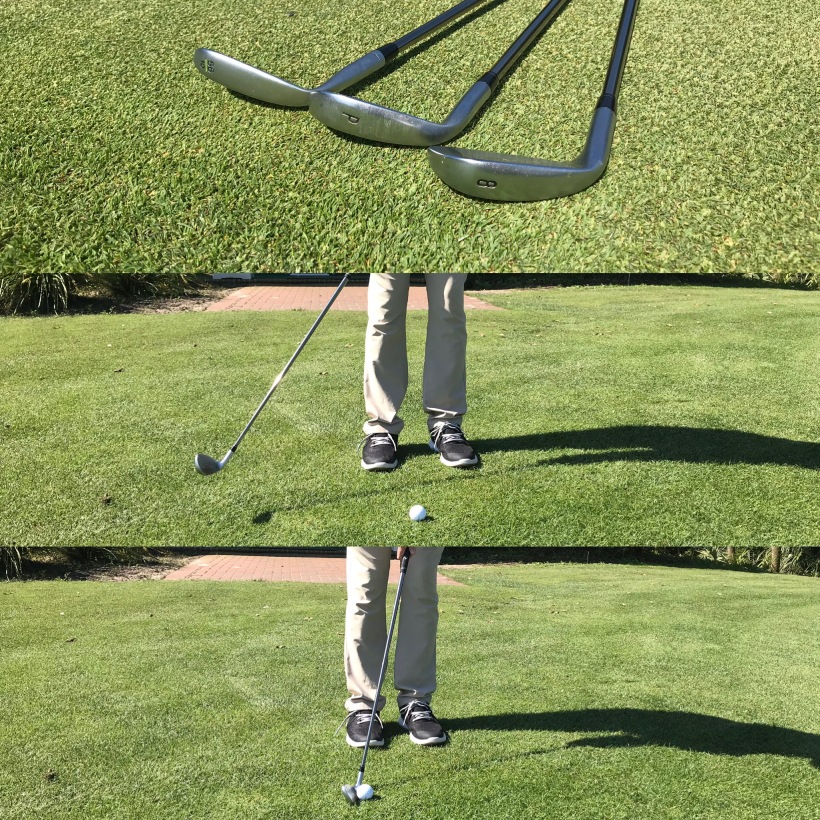Happy February! January flew by of course but I am trying to stay on top of my tips for you this year. Therefore, here is your new blog for February 2024!
Let’s talk about something you all can do during those wintry days inside or outside! All you need is a bungee cord. Don’t worry if you don’t have one I am sure you can find something around the house such as a tension band, string, or even an alignment stick might work. Next step, find somewhere were you can tie each end to something such as columns, trees, etc. You are trying to make a line. Check out the video below to assist you. Next, pick which shot you want to practice: Full swing, pitching at 3/4, 1/2, 1/4 etc., or chipping. Place your string at the level you want to your backswing to stop. Place your body in the appropriate line to take that back swing. You might have to move around for the different lengths of swing so the club hits the cord. Then start your practice. Try not to hit the cord. When you are swinging start to feel the appropriate muscles you are using to ensure this type of backswing. These feelings should be more in your shoulders, core, and legs. Not your elbows and wrists.
Once you find this amazing space to practice it is an easy setup every time! Plus it can be used to practice various shots. It’s a win for your entire game!









